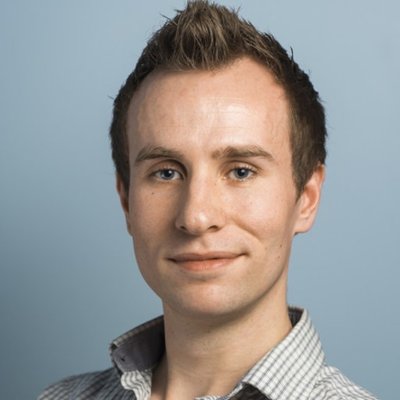
Chris Humphreys, Chief Scientific Officer & Founder of Forge Genetics
The Synthetic Biology Research Group directed by Professor Nigel Minton specialises in engineering useful microbes for a variety of sectors including biofuels, sustainable chemicals, pharmaceuticals, and dyes. The group received frequent requests from commercial partners to conduct scientific research on various obscure microorganisms. The SBRC therefore specialised in the genetic manipulation of a wide array of exotic and difficult to engineer microbes. The standard technology used to engineer microbes and almost all forms of life is CRISPR/Cas9, but the companies partnering with the SBRC very frequently would request that work not be performed using that technology. The problem from the companies point of view is that if CRISPR/Cas9 technology is used, they would have to pay very large fees in a very complex way to the technology providers. This was the immediate push for Chris Humphreys - a researcher within the SBRC - to invent "Forge Editing" which is an alternative to CRISPR/Cas9 with the same capabilities but lacking the arduous licensing process.
Using Forge Editing Chris found that he could rapidly and efficiently change the genetics of several bacterial species. Excited by the possibilities, the abilities of the technology were quietly discussed with several commercial partners all of whom were interested in signing deals to use this technology with their strains. At this point the commercial appeal was obvious, but the really exciting possibilities came with the realisation that Forge Editing actually likely has distinct advantages over CRISPR/Cas9 in human cells.
The ability to genetically alter diseased human cells is massively expanding the possibilities within medicine to combat cancer, blood disorders, diabetes, and even blindness. The invention of CRISPR/Cas9 has largely been responsible for this new wave of medicines which have started to be developed over the past 10 years. However, there are serious limitations to the technique which must be rectified before the true potential of gene and cell therapy can be realised. When you want to fix the genetics of a diseased cell you can target that specific part of the DNA where the problem is, but CRISPR/Cas9 also tends to modify other parts of the genome at the same time. This tendency leads to unreliable behaviour of cells which is often unacceptable in a healthcare context.
Forge Editing has the potential to be far more specific in the changes that it makes. For that reason it may represent a safer and more reliable method for gene therapy than CRISPR/Cas9. This has far-reaching implications in medicine.
Forge will act as a contract research organisation within the existing capabilities of the technology whilst internal R&D will adapt Forge Editing to variety of new species. Development is ultimately focussed on making a safer form of gene therapy.